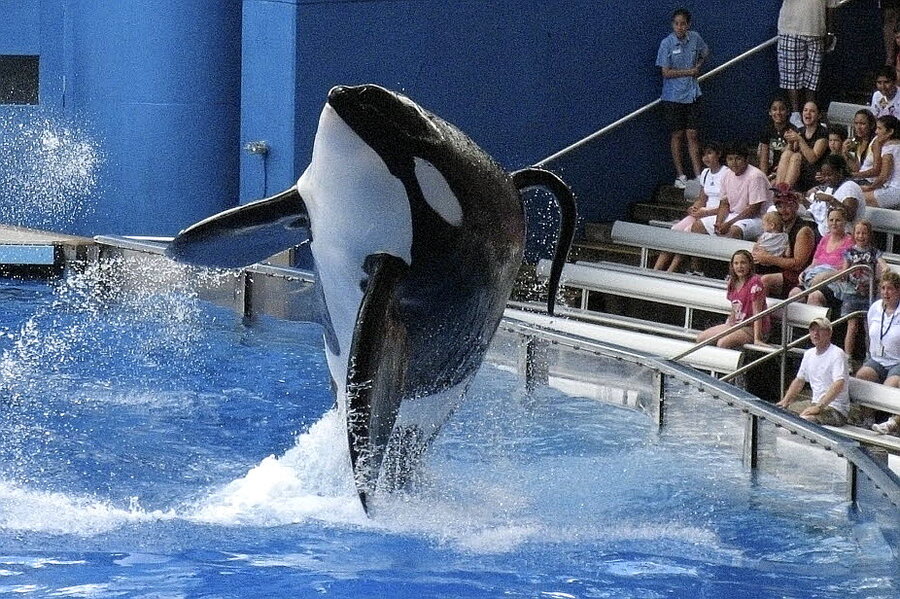SeaWorld killer whale trainer dies: Is SeaWorld to blame?
| ORLANDO, Fla.
A federal appellate court in Washington is hearing arguments on whether a citation issued to SeaWorld should be upheld following the death of a trainer.
Three judges on the U.S. Court of Appeals for the District of Columbia listened to arguments Tuesday.
SeaWorld is contesting two violations issued by the Occupational Health and Safety Administration following the death of Orlando trainer Dawn Brancheau.
She was killed in February 2010 when a six-ton killer whale pulled her into a pool.
An administrative judge last year upheld the citation but downgraded the violations from willful to serious.
SeaWorld is arguing that the job safety agency overreached with its citation.
Efforts by the government to restrict "close contact" between the trainers and killer whales is akin to forcing the NFL to forbid tackling, he said — a move that undercuts the underlying premise of the business and ignores training done to prevent injury.
"It's as if the federal government came in and told the NFL that 'close contact' on the football field would have to end" because more people are injured in football games than in training killer whales, said Scalia, son of U.S. Supreme Court Justice Antonin Scalia.
But the Sentinel reported that Chief Judge Merrick Garland challenged the argument, using the same analogy. Did the helmet rule "totally change the nature of the presentation of the NFL?" asked Garland, or just make it safer?






